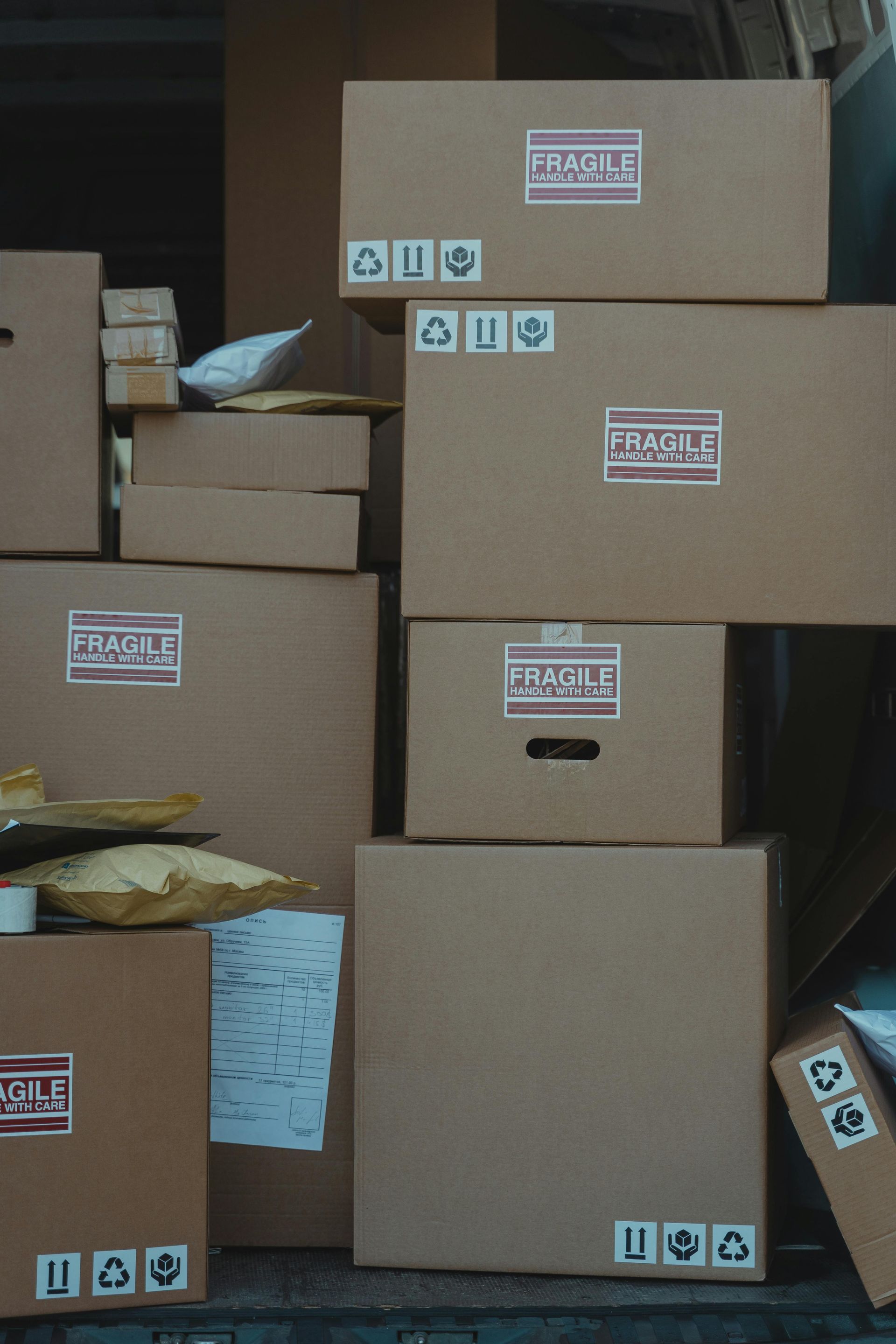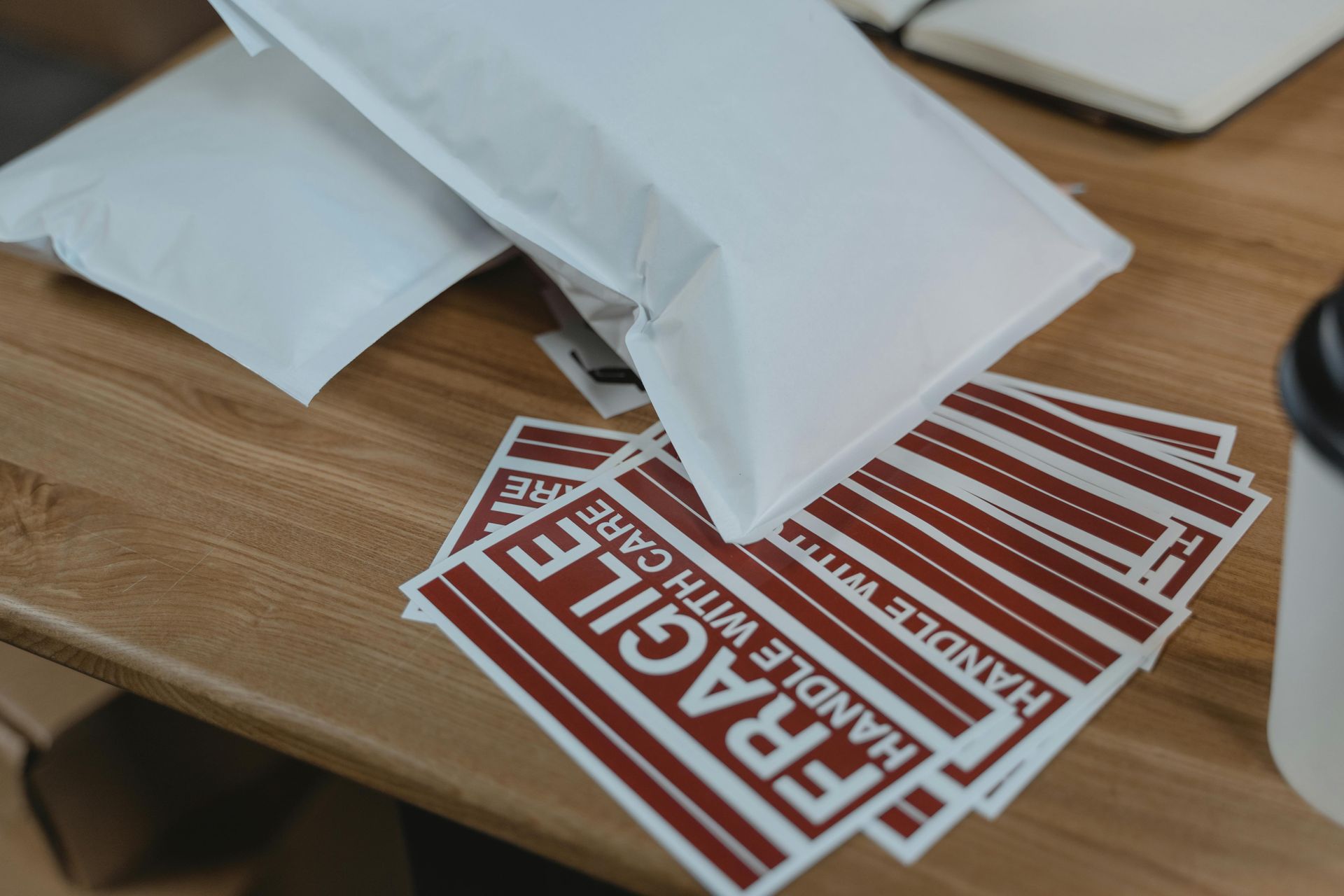Stress-Free Moving Tips for a Smooth Transition
Moving can be a daunting task. Between organizing, packing, and settling into a new home, there's a lot to juggle. But with the right approach, you can turn a potentially overwhelming process into a manageable and even exciting experience. Whether you’re an individual planning a solo move or a family coordinating logistics for everyone, these practical tips will help you stay on track from start to finish.
Pre-Move Planning
Good planning is the foundation of a successful move. The earlier you start, the smoother things will go.
Create a Moving Checklist
A moving checklist is your roadmap for staying organized. Break down the process into manageable tasks and assign deadlines. Here’s a sample timeline to get started:
- 6–8 Weeks Before Moving
- Research moving companies or truck rental services.
- Notify landlords or property managers.
- Begin decluttering and sorting through belongings.
- 4–6 Weeks Before Moving
- Schedule utilities to be turned off at your current home and turned on at your new place.
- Finalize moving arrangements with professionals or recruit friends to help.
- 2–3 Weeks Before Moving
- Start packing items you won’t need until after the move.
- Change your address through the post office and notify banks, employers, and any subscriptions.
- 1 Week Before Moving
- Pack essential items in an easily accessible box or bag (more on this below).
- Confirm details with the moving company or helpers.
Declutter Before Packing
The less you have to move, the better. Take the time to go through your belongings and decide what to keep, donate, sell, or toss. Ask yourself these questions for each item:
- Do I use this regularly?
- Does it bring value or joy to my life?
- Will it fit in my new space?
Decluttering not only reduces the workload but can also save money if movers charge based on the size or weight of your load.
Packing Strategies
Packing can feel like a huge hurdle, but a thoughtful approach makes the process efficient and less stressful.
Gather Quality Supplies
Invest in sturdy boxes, packing tape, bubble wrap, and markers. While it may be tempting to scout for free boxes at grocery stores, remember fragile items deserve extra protection to prevent damage. Having high-quality materials will save you trouble in the long run.
Label Everything
Clearly label each box by category and the room it belongs in. For example, "Kitchen - Pots and Pans" or "Bedroom - Linens." Include a brief list of contents on the side to avoid rummaging through boxes later.
Color-coded labels or stickers can make this even easier, especially if movers are helping. Assign a color for each room and mark boxes accordingly.
Pack Smartly
- Start with Non-Essentials: Begin packing items you use the least—ahead-of-season clothes, rarely used kitchen gadgets, or books.
- Balance Weight: Avoid overloading boxes with heavy items. Distribute books and other dense objects between several smaller boxes.
- Wrap Breakables Carefully: Use bubble wrap, packing paper, or even clothing to cushion delicate items like glassware and picture frames.
- Use Space Wisely: Maximize space by filling suitcases with clothes or using towels to pad fragile items.
Pack an Essentials Box
Prepare a box or bag with everything you’ll need for the first few days in your new home. Include items like:
- Toiletries
- Basic kitchen supplies (e.g., a few plates, utensils, a coffee maker)
- Chargers for electronics
- A change of clothes for each family member
- Medications
By keeping these essentials within reach, you’ll avoid a frantic search for necessities.
Moving Day Tips
The day of the move can be hectic, but staying organized and prepared will set the tone for a smooth process.
Confirm Plans Early
Double-check plans with movers or any helpers the day before. Confirm arrival times, addresses, and any special instructions to avoid last-minute confusion.
Keep Valuables Close
Transport important documents, jewelry, and sentimental items yourself. This ensures they won't get lost or damaged during the move.
Stay Hydrated and Take Breaks
Moving is labor-intensive, so make sure there’s plenty of water and snacks available. If you’re moving with kids or pets, designate a safe space for them to stay stress-free while you work.
Settling Into Your New Home
The hard part is over—now it’s time to make your new house feel like home.
Unpack Essentials First
Start with the boxes you labeled as essentials. These will allow you to quickly set up a functional kitchen, bathroom, and bedroom. Once these basics are in place, you can take your time unpacking the rest.
Organize Room by Room
Tackle one room at a time to stay focused and avoid feeling overwhelmed. Begin with the spaces you use most often, like the kitchen or bedroom, and work your way through the house.
Get to Know Your New Space
Familiarize yourself with how things work in your new home. Locate the fuse box, water shut-off valves, and main breaker. Walk around the neighborhood to scope out grocery stores, parks, and other local hotspots.
Decorate and Personalize
Finally, add those personal touches that make a house feel like home. Hang photos, arrange furniture, and set up cozy spaces to relax in.
Final Thoughts
Moving doesn’t have to be a nightmare. With planning, organization, and a sprinkle of patience, you can reduce stress and even enjoy the experience of starting fresh. Use these tips as your guide, and before long, you’ll be settled into your new home, ready for the next chapter.



